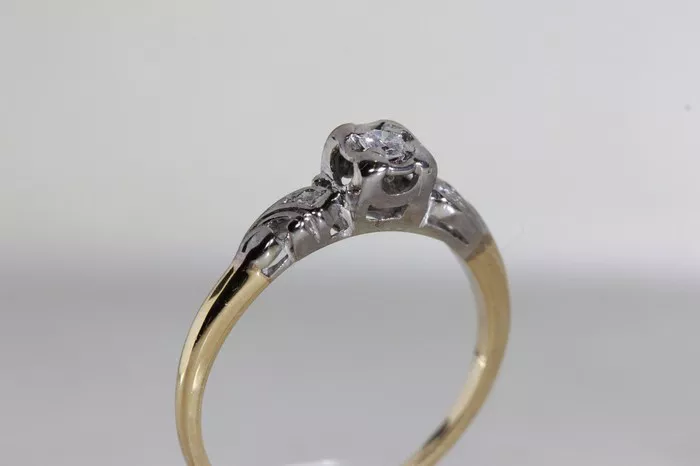In a striking departure from tradition, a growing number of couples are forgoing wedding rings entirely—a trend that has doubled since 2020, per a WeddingWire survey. For some, the decision stems from practical concerns like workplace safety (e.g., mechanics, healthcare workers) or discomfort with jewelry. For others, it’s a philosophical rejection of materialism or a desire to redefine marital symbols. Instead of rings, these couples are adopting alternatives ranging from tattoos to digital tokens, reflecting a broader cultural shift toward personalization and minimalism.
Tattooed wedding bands, once a niche choice, have surged in popularity, particularly among millennials and Gen Z. The permanence of ink appeals to those seeking an unbreakable symbol, while also eliminating the risk of loss or damage. Tattoo artists specializing in minimalist linework or intricate designs report a 90% increase in couples booking matching finger tattoos. However, the trend isn’t without risks—finger tattoos fade faster than other placements, and some employers still view them as unprofessional.
Another innovative alternative is the rise of “digital rings” in the form of blockchain-backed NFTs. Tech-savvy couples are minting virtual rings as tokens of commitment, stored on platforms like Ethereum. While critics dismiss the idea as gimmicky, proponents argue it’s a modern twist on symbolism, especially for long-distance relationships or virtual worlds like the metaverse.
Environmental and ethical concerns are also driving the no-ring movement. Activists highlight the ecological toll of mining and the labor abuses in the jewelry industry. Some couples instead donate the cost of a ring to charity or invest in shared experiences like travel.
Sociologists suggest this trend reflects a generational prioritization of authenticity over convention. As weddings become more personalized, the absence of a ring is just another way couples are asserting that love—not tradition—defines their commitment. Whether through ink, technology, or intentional minimalism, the message is clear: the symbol matters less than the bond it represents.


